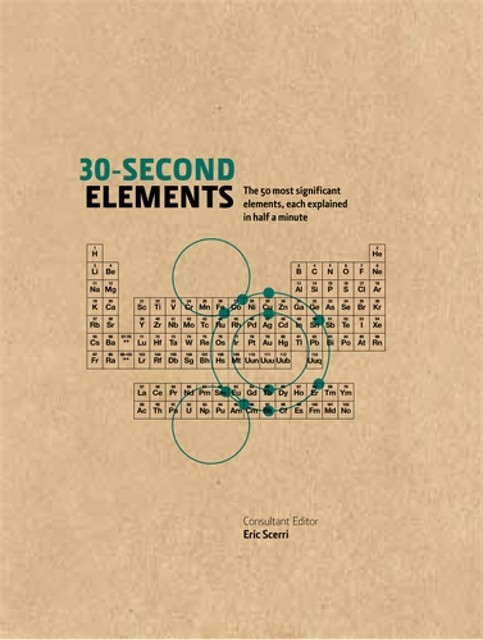30-Second Elements
183 afgedrukte pagina’s
- Auteursrechteigenaar
- Bookwire
- Oorspronkelijke uitgave
- 2013
- Jaar van uitgave
- 2013
- Uitgeverij
- Icon Books
Citaten
- Emilijaciteerde uit2 maanden geledenOne of the remaining uses of lead is in car batteries. Invented in 1859, the lead-acid battery is relatively cheap and can deliver the high current needed to start an engine. When the battery discharges, electrodes immersed in sulphuric acid are converted to lead sulfate. Charging reverses the process. If the lead sulphate rests for too long, it begins to form crystals, and recharging becomes difficult – this is why it is important to maintain the charge.
- Emilijaciteerde uit2 maanden geledenIron colours the surface of Mars, the ‘red planet’,
- Emilijaciteerde uit2 maanden geledenSteel is iron mixed with a little carbon, which makes it harder.
fb2epub
Sleep je bestanden hiernaartoe
(maximaal 5 per keer)


